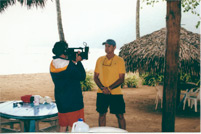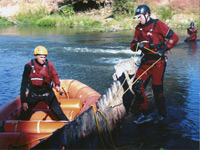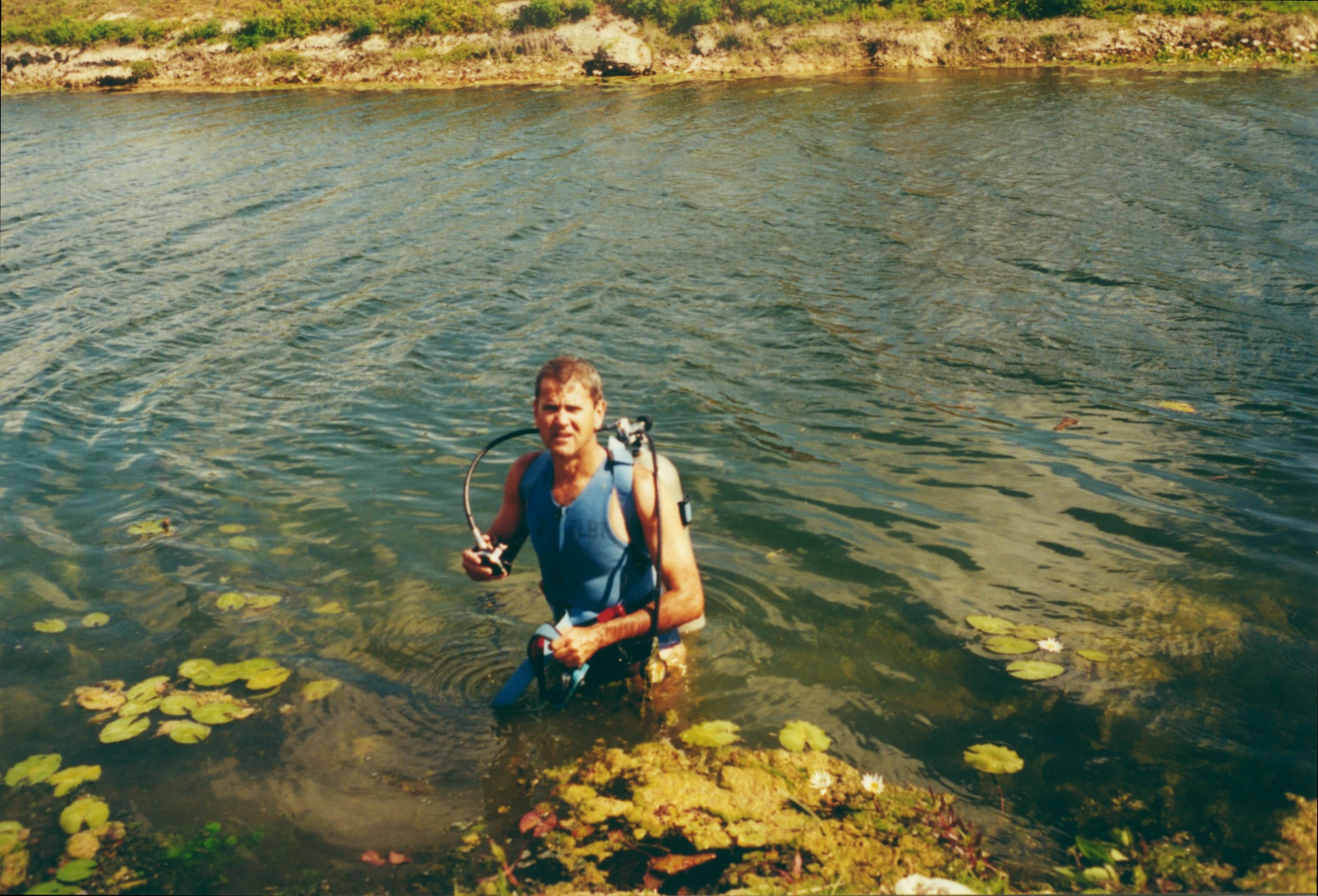Research
A significant part of Dr. Fletemeyer’s professional time is devoted to research. The following is summarizes of some of the research projects Dr. Fletemeyerr has conducted beginning in 1972 with a scholarship and a grant to study primate aquatic behavior on the Cape of Good Hope in South Africa.
- Warning sign effectiveness study.
Study’ s objective—to determine the effectiveness of aquatic warnings
Overview: People were observed as they passed by warning signs Thens they were later interviewed about what warning information was being conveyed by the sign. Visual impairment, sign pollution and language barriers were variables considered in this study.
- Rio Grande and All American Canal Drowning Study
Study’ s objective—to identify the factors contributing to over 600 drowning deaths in the Rio Grande and All America Canal and to develop education programs preventing drowning.
Overview: During the past ten years, over 600 Mexican migrants have drowned in the Rio Grande and All American Canal. Factors that contribute to these drowning were investigated. Recommendations were made to prevent additional drownings.
- Rip Current Study
Study’ s objective—to reduce the number of drowning in rip currents.
Overview: Approximately 150 people drown in rip currents every year. Rip currents represent a significant threat to human life. This study found that the majority of people cannot accurately identify a rip current The study consisted of interviews on selected beaches in Thailand, Costa Rica, Mexico, and in the United States. Knowledge about rip currents was evaluated and recommendations were made to develop education programs involving the impact of rip currents on human life.
- Drowning perception study
Study’ s objective—to determine how the Hollywood movie and TV industry influences the public’s perceptions about drowning.
Overview: Hundreds of TV programs and movie portray downing inaccurately. Consequently several beliefs maintained by the public about drowning are inaccurate. Approximately 500 people were interviewed determine how perceptions about drowning are being influence by the motion picture industry.
- Low Head dam study
Study’ s objective—to determine the impact of low head dams on public safety.
Overview: There are approximately 60,000 low head dams in the U.S. Most have been decommissioned and no longer serve any use. Low head dams are responsible for creating dangerous currents called, “hydraulics.” For this reason low head dams are called, “drowning machines.” Over 100 people have drowned at low head dams. This study used sophisticated equipment to study the dangerous currents caused by low head dams.
- Spinal Injury Management study
Study’s objective—to identify methods for extricating victims suffering from a spinal injury out of the water.
Overview: Each year hundred of individuals suffer from an aquatic spinal injury. In order not to exacerbate a victim’s injury, a study was conducted to determine the most effective way of victim extrication.
- Lifeguard effectiveness study
Study’s Objective—to determine the effectiveness of lifeguards in preventing drowning.
Overview: A panel of experts was convened by the CDC to study the effectiveness of lifeguards. As a result a document was published, “Lifeguarding effectiveness, a report of the working group.”
- Drowning study
Study’s objective—Identify behavior associated with an active drowning event.
Overview: each year about 4,000 people drowned in America. This study used surveillance video that captured real life drowning events. The video was evaluated using scientific and statistical methods to identify the factors and behavior that contribute to drowning event.



